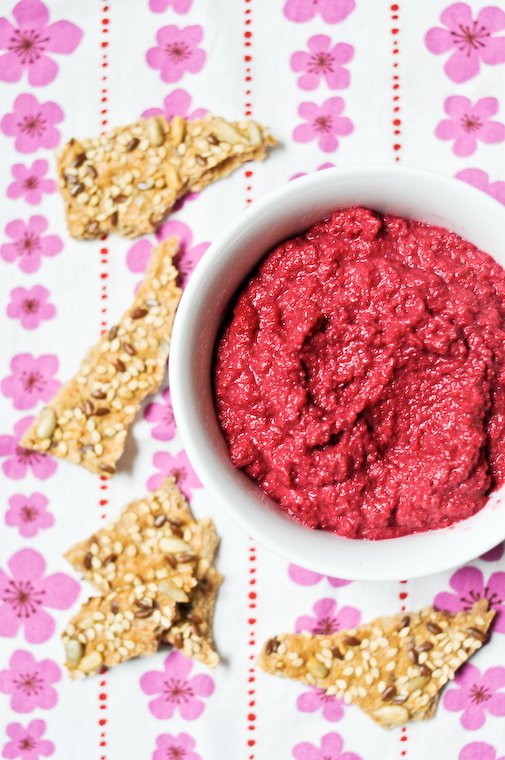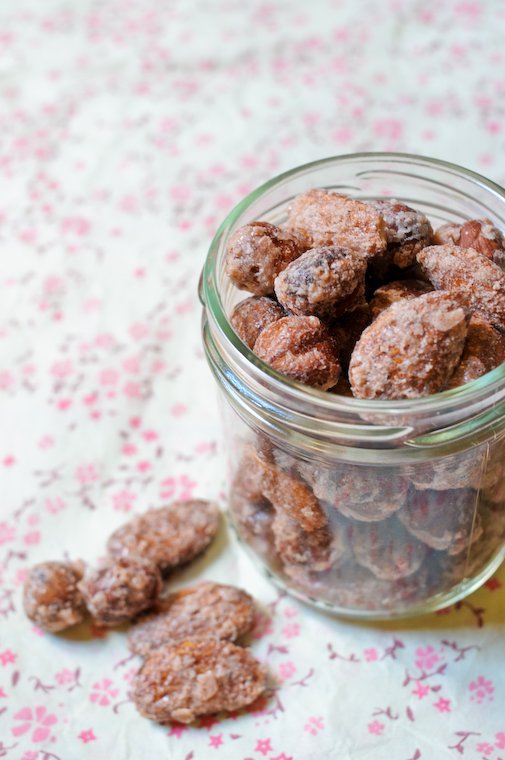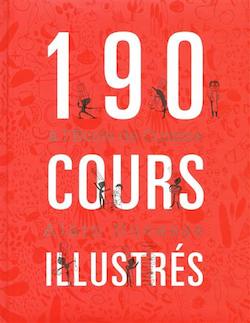Who says winter food has to be colorless and drab?
I first put together this beet hummus just before the holidays, on a day we’d been invited to dinner by one of my dearest friends (I’ve told you about her before), who was days away from delivering her first child.
When I offered to contribute to the dinner, I was entrusted with the mission of bringing something to nibble on for the apéro, to go with our pre-dinner drinks.
I prepared a puréed beet dip flavored with the signature ingredients of hummus. Each of them is an ideal flavor partner to the beet, so I wasn’t surprised that their teamwork produced such a pleasing dip: zesty, well-balanced, not too sweet.
I find that dips are the most travel-ready of all appetizer options, and I remembered that Clea‘s lunchbox book Mes p’tites gamelles had a recipe for beet hummus I’d earmarked to try a long time ago.
In her version, she adds a small, cooked beet to a classic chickpea hummus. I decided instead to skip the chickpeas altogether and use beets only, essentially preparing a puréed beet dip flavored with the signature ingredients of hummus: sesame paste, garlic, olive oil, lemon juice, cumin, and salt.
Each of these is an ideal flavor partner to the beet, so I wasn’t surprised that their teamwork produced such a pleasing dip: zesty, well-balanced, not too sweet.
To go with it, I brought along a tub of baguette slices cut from a day-old loaf, which I’d rubbed with garlic olive oil and toasted in the oven, and we munched away happily while discussing their exciting family prospects.
In France, one can usually find vacuum-packed cooked beets in the produce aisle — I buy the Bonneterre brand at the organic store — and since they have a shelf life of a couple of months, you can keep a package on hand to whip up beet hummus in a pinch. If this isn’t a convenience item where you live, perhaps you can get into the habit of steaming, boiling, or roasting a few more than you need when you’re cooking beets; you can then stash those away in the freezer for future use.









